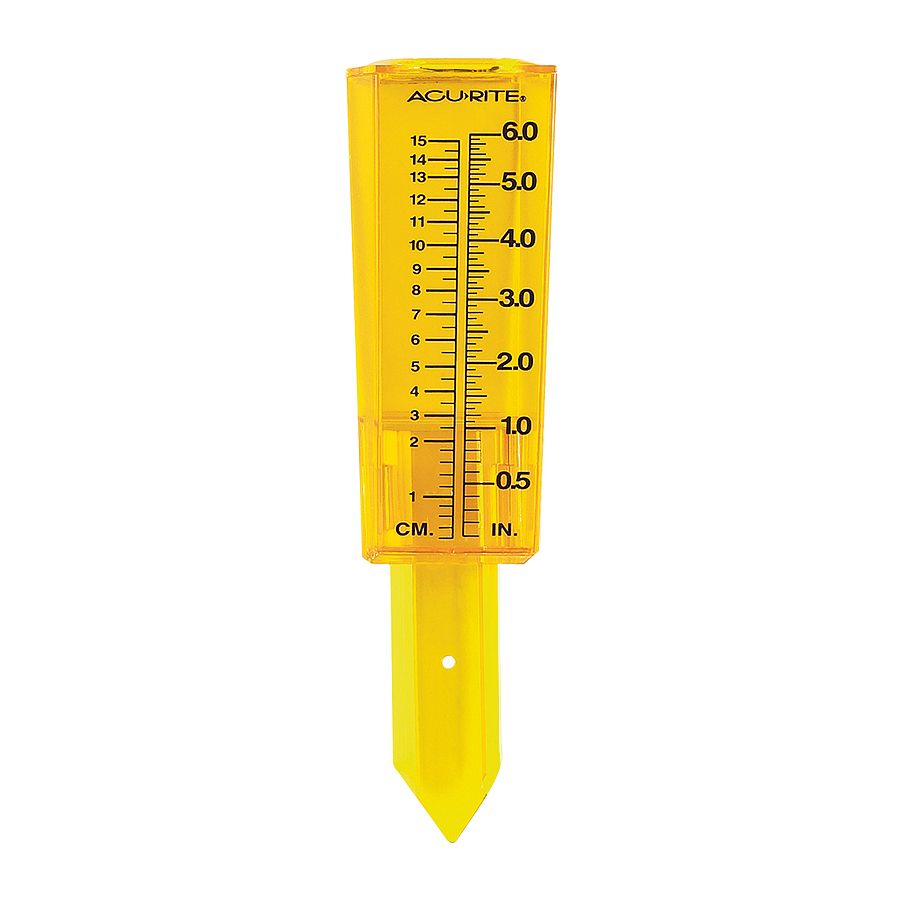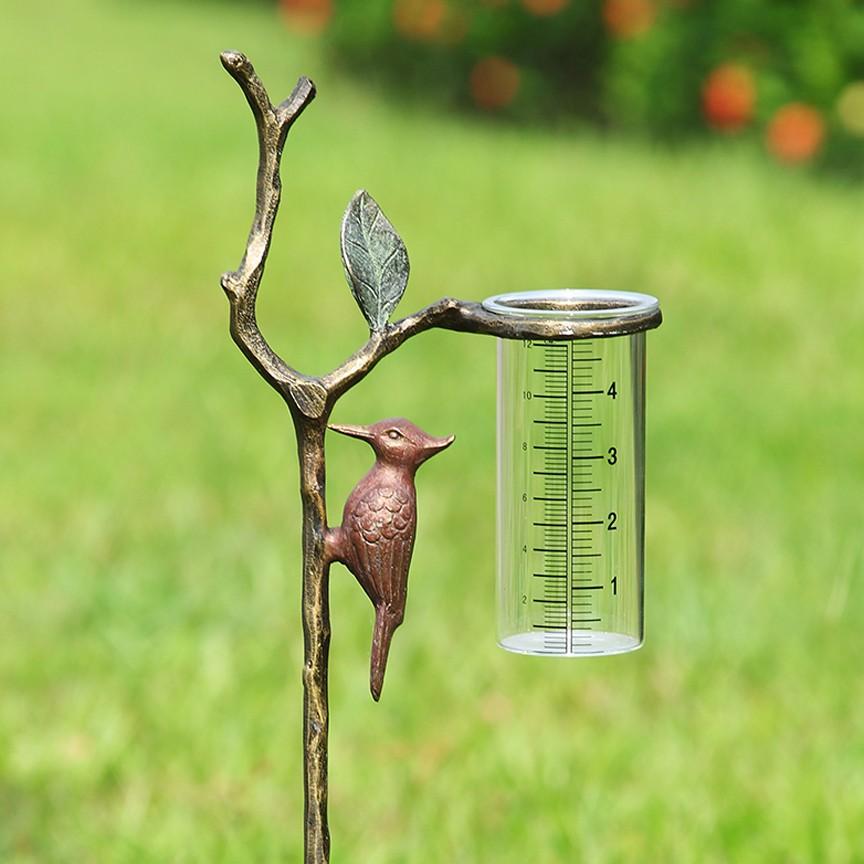The Rain Gauge: A Necessary Tool for Keeping Track Of Precipitation Degrees
Wiki Article
Exactly How to Pick the Right Rainfall Gauge for Accurate Rain Information
Exact rains information is critical for numerous sectors and tasks, such as weather forecasting, farming, and water source administration. To acquire trusted measurements, it is important to select the best rainfall scale. This guide intends to offer beneficial insights right into the choice procedure, enabling you to make informed decisions. Taking into consideration variables such as place, kind, and accuracy of the rain gauge will certainly assist make certain precise data collection. In addition, recognizing the maintenance and calibration treatments will certainly add to the durability and reliability of your rainfall gauge. By following these guidelines, you can ensure exact rainfall information, making it possible for better decision-making and planning for numerous applications.Relevance of Selecting the Right Rain Scale
The significance of picking the best rainfall scale hinges on obtaining reputable and accurate rainfall data for exact atmospheric analysis. Rain data is crucial for a wide variety of applications, including climate forecasting, hydrological modeling, and environment study. Incorrect or undependable data can lead to wrong final thoughts and flawed decision-making procedures.
Second of all, the accuracy and precision of the rain scale are vital. The gauge should be able to measure rainfall with high precision, recording even small quantities of precipitation accurately.
Moreover, the area and setup of the rain scale are critical considerations. It should be positioned in an open area, far from obstructions that can affect rainfall measurements. The scale ought to be positioned at an ideal height and angle to prevent spilling and make sure appropriate catchment of rainwater.
Variables to Take Into Consideration When Selecting a Rainfall Gauge
When selecting a rain scale, there are numerous crucial elements to think about. These factors can significantly impact the accuracy and dependability of the rains information collected. The initial aspect to think about is the type of rainfall gauge. There are different types available, including common rain gauges, tipping bucket rain assesses, and considering rain assesses. Each kind has its very own benefits and downsides, so it is essential to choose one that ideal suits your specific requirements and needs.An additional variable to take into consideration is the product of the rainfall gauge. Rain gauges can be made of different products, such as metal, glass, or plastic. The material selected should be sturdy and immune to weather problems, ensuring that the rain gauge will endure the elements and offer accurate dimensions with time.
Precision is likewise a crucial element to consider. Look for rainfall assesses that have been adjusted and tested for precision. Attributes such as anti-splash rings and funnels can additionally enhance the precision of the dimensions.

Lastly, consider the climate and environment in which the rain scale will certainly be utilized. Different rainfall evaluates are suitable for different environments, so it is very important to pick one that is suitable for the problems in your area.
Various Types of Rainfall Gauges Offered
To better explore the factors to take into consideration when selecting a rainfall scale, it is essential to comprehend the various sorts of rain assesses readily available. There are a number of kinds of rainfall determines, each with its own advantages and disadvantages. The most typical kind is the conventional rainfall scale, additionally called the cylindrical rain scale. This kind includes a straight-sided cylindrical container with a funnel-shaped top. It is easy to utilize and supplies exact dimensions of rainfall.An additional type of rainfall scale is the tipping pail rain scale. As the rain falls right into the gauge, it fills up one side of the look these up bucket, creating it to tip and empty the water.
A 3rd type of rainfall gauge is the considering rain gauge. As the rain drops into the scale, it is collected in a container attached to a balance.
Finally, there are likewise remote rain gauges that usage progressed innovation to gauge rainfall (The Rain Gauge). These determines use sensing units and transmitters to send out data wirelessly to a central device. Remote rainfall determines are practical for monitoring rainfall in hard-to-reach areas or for large data collection
How to Establish the Precision of a Rainfall Gauge
One method to analyze the precision of a rain scale is by conducting routine calibration dimensions. go to my blog Calibration entails comparing the readings of a rain gauge to a common dimension, such as a certified rain gauge or a weather condition terminal with high precision. By comparing the measurements, any type of disparities or errors in the rainfall scale can be identified and represented.To perform a calibration dimension, beginning by accumulating rains information from both the rainfall scale and the common dimension tool over a details amount of time, such as a month. Compare the readings and calculate the difference between them. This distinction is understood as the calibration mistake.
It is very important to keep in mind that calibration dimensions should be executed consistently, as environmental elements, such as wind, temperature level, and debris, can affect the precision of the rainfall gauge in time. By carrying out normal calibrations, any adjustments in the accuracy of the rain scale can be detected and modifications can be made appropriately.
Along with calibration, it is additionally suggested to tidy and preserve the rain gauge regularly to guarantee its accuracy. Get rid of any particles or obstructions that might influence the precision of the dimensions, and look for any signs of damages or wear that may require repairs or substitute.
Tips for Maintaining and Calibrating Your Rainfall Gauge
Routine upkeep and calibration are vital for making sure the accuracy and reliability of your rainfall gauge in gauging rains article data (The Rain Gauge). By adhering to a couple of easy tips, you can make sure that your rainfall gauge is appropriately kept and calibratedFirst of all, it is important to clean your rainfall gauge routinely to protect against any type of particles or dust from obstructing the rain collection system. Make use of a mild detergent and a soft brush to delicately clean the inside and outside of the gauge. Wash it extensively with tidy water and allow it to dry totally prior to re-installing it.
Secondly, it is advised to calibrate your rain scale a minimum of yearly. Calibration entails comparing the dimensions of your rainfall scale with those of a relied on and exact reference scale. This will aid you identify and fix any type of prospective mistakes in your rainfall gauge's measurements.
To calibrate your rain gauge, collect a well-known quantity of water using a determining container and contrast it with the measurements taped by your rainfall scale. Change the analyses appropriately to make certain accuracy.

Conclusion
In final thought, selecting the appropriate rain scale is important for getting precise rains information. Factors such as area, budget plan, and objective need to be considered when choosing a rainfall gauge.There are different types offered, including common rainfall assesses, tipping bucket rainfall gauges, and weighing rain gauges.To even more explore the elements to think about when selecting a rain gauge, it is essential to comprehend the different types of rainfall determines available. The most common type is the basic rain scale, additionally recognized as the round rain scale.One more kind of rain gauge is the tipping bucket rainfall scale. Calibration entails contrasting the analyses of a rain gauge to a conventional measurement, such as a certified rainfall gauge or a weather terminal with high precision.
Report this wiki page